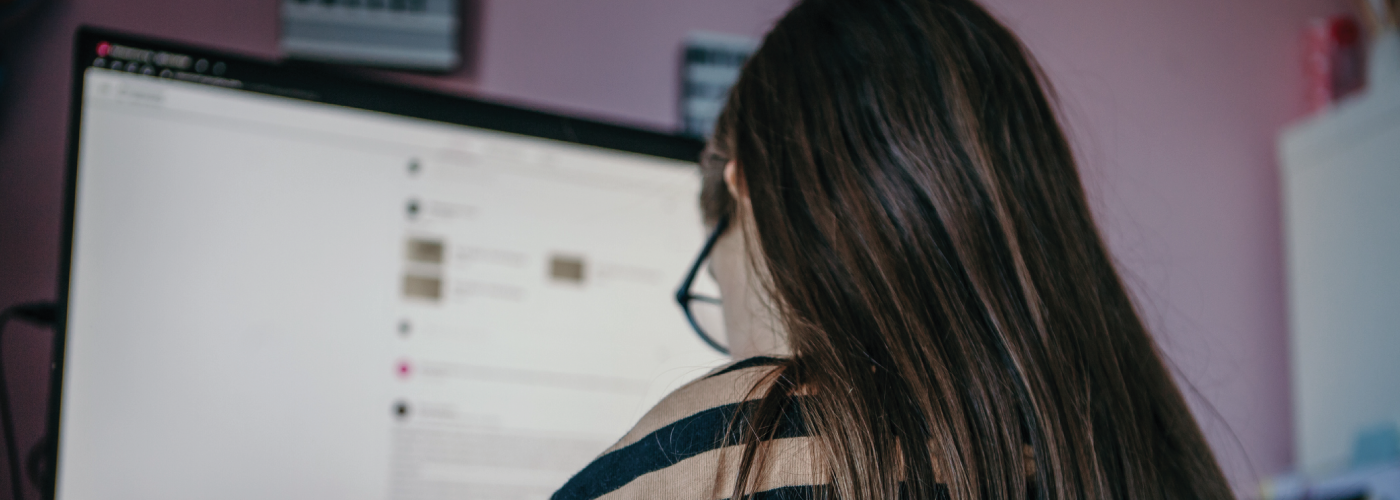
At the beginning of this year, the Internet Watch Foundation (IWF), the UK charity responsible for finding and removing images and videos of child sexual abuse from the internet, has reported a significant 77% increase in the amount of ‘self-generated’ abuse material.
If you have a question or would like to arrange a free demonstration of any of our solutions please contact us. We'd love to help.The COVID-19 pandemic has forced children and young people to learn and study remotely, forcing everyone to spend more time using the internet than ever before. Many were given more ‘internet freedom’ to keep up with school/college work as well as to keep in touch with their family and friends and minimise the feeling of isolation. This situation has created new habits and online behaviours of children and young people, which are continuing even after lockdown measures have been lifted.
These new habits along with the extra time that children spend online unfortunately come with risks and has made young people more vulnerable. Experts warn that there has been an increase in organised communities of criminals that are looking to take advantage of the difficult situation and coerce, groom and exploit children and young people.
The IWF research shows that sadly many children and young people have fallen victim to online sexual abuse in the last year and it is crucial for schools and colleges to be aware of the issue and identify if their students are at risk of being groomed so that they can quickly intervene.
How can proactive monitoring enable fast intervention?
Proactive monitoring is a managed service that works like an extra pair of eyes and ears for teachers and Designated Safeguarding Leads (DSLs). The service is designed to help schools and colleges uncover invisible safeguarding risks such as grooming, online sexual abuse and many more.
This form of digital monitoring technology works alongside human moderators, using your pupils’ online activities, search behaviour and use of apps to help to identify children and young people that are at risk, automatically alerting DSLs and enabling fast intervention. Proactive monitoring saves time and allows support to be provided as soon as the issue is discovered; and when it comes to grooming, the faster the intervention the better.
Many young people act differently online when compared to how they act in real life. The digital environment can give them a false sense of privacy, especially when it comes to trying or doing something out of the ordinary. This makes it very difficult for teachers and DSLs to spot the dangers of the digital world, in the real world, without the help of technology.
What a pupil says, does, or shares in their digital world, including chatrooms, instant messaging, social forums, and more, can indicate when something is wrong. Some children also write about their thoughts and feelings in online blogs or documents that can be quickly deleted. And unless a school or college has some form of digital monitoring in place to pick up on these imperative clues and alert DSLs to the risks, they won’t be seen. Or they’ll be seen too late.
Proactive monitoring can help identify a variety of different safeguarding risk types and indicators that will be flagged to DSLs, including (but not limited to) mental health issues, substance abuse, self-harm, grooming, radicalisation and cyberbullying. The human moderators separate genuine risks from false positives enabling DSLs to concentrate on the more pressing issues, responding quickly and appropriately. The quicker the intervention the better the outcome.
Proactive monitoring technology can also help the entire school community and not just individual students. Monitoring the digital environment can identify behavioural trends, which helps to see whether specific groups of students are at risk or if there are risks that should be addressed by a school/college as a whole.
Identifying early risk indicators enables schools and colleges to have a better understanding of what their pupils are currently dealing with and what threatens their safety and wellbeing. This empowers school leaders to get ahead of possible issues and work with teachers as well as their pupils to create a positive and supportive environment.
What next?
Many schools and colleges are shocked by what digital monitoring reveals. To clearly understand what digital monitoring can do for you, you need to try it in your environment. Speak to our digital safeguarding experts.
Get in touch